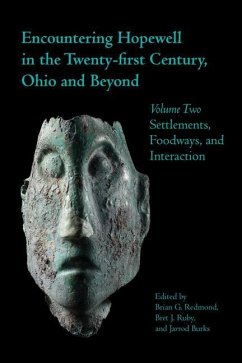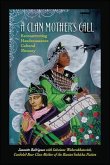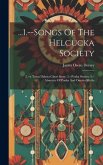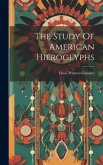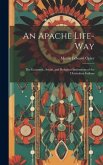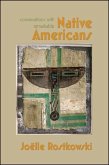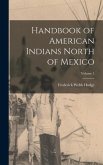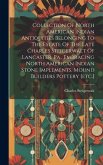"The archaeology of the ancient American Indian Hopewell earthwork-builders of the Ohio Valley has intrigued scientists and the public alike for more than 200 years. Since the dawn of the twenty-first century, professional inquiry into the Hopewell phenomenon has accelerated. Contemporary researchers are approaching old questions with new methods and interpretive perspectives, state-of-the-art survey technologies, and novel analytical techniques. As a result, our understanding of the Hopewell world has significantly deepened. This two-volume set presents some of the most current research on Hopewell archaeology within the Ohio Valley and beyond. Volume One explores the monuments and ceremonies that stood at the heart of American Indian life during the Hopewell episode. Cutting-edge remote sensing studies and modern excavations add new dimensions to our understanding of the richness and complexity of Hopewell ceremonial landscapes. Novel investigations of earthwork form, design, and orientation attest to the remarkable sophistication of Hopewell geometry and astronomy. Cross-cultural comparisons and contextual analyses help us understand how Hopewell peoples' concepts of the soul may have motivated their ceremonial practices and structured their social relations. Studies of form, materials, and iconography shed light on the meanings and histories expressed in Hopewell art and craft. Volume Two turns to the world of everyday settlements and domestic life at the Brown's Bottom locality in the Ohio Hopewell core area, as well as farther afield in northern Ohio and southern Michigan. New evidence is presented for long-distance linkages between Hopewell centers in Ohio, Indiana, and Georgia. The relative importance of native cultigens in the economies of Ohio Hopewell communities is explored with new botanical and contextual data from recent research. The concluding chapter by Dr. Mark Seeman comments on the more seminal developments in Ohio Hopewell research since 2000 then turns an eye to the future"--
Hinweis: Dieser Artikel kann nur an eine deutsche Lieferadresse ausgeliefert werden.
Hinweis: Dieser Artikel kann nur an eine deutsche Lieferadresse ausgeliefert werden.

